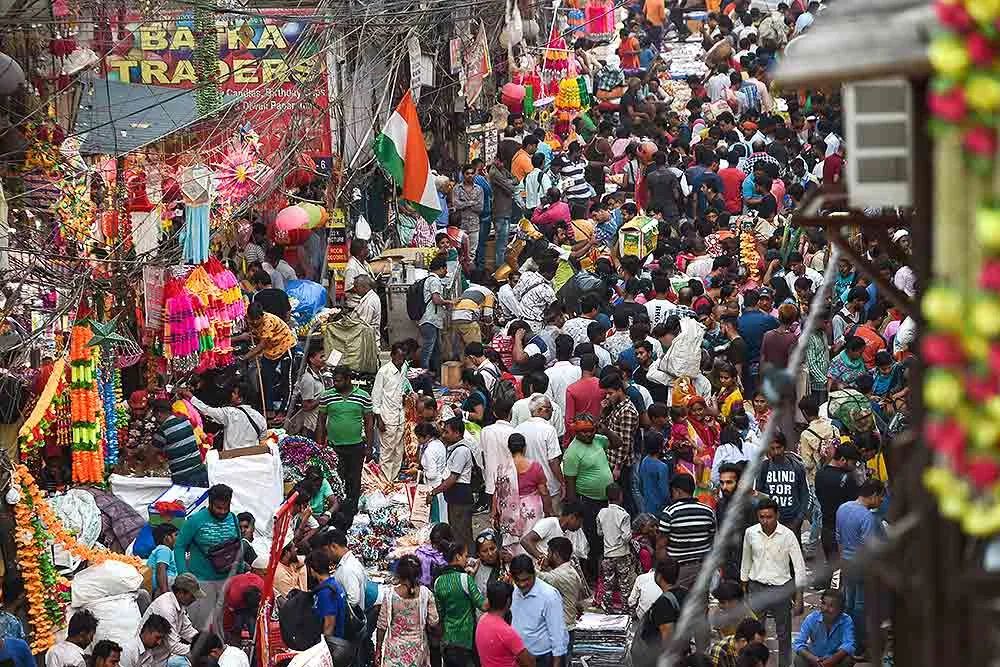So far, India has infected nearly 9.4 million people and more than 136,000 deaths in the COVID-19 epidemic. This also makes the country the second most serious country in the world, after the United States.
Moreover, since the Northern Hemisphere entered autumn and winter, New Delhi, the capital of India, has also witnessed a significant rebound in the epidemic.
But at this critical moment of the epidemic, thousands of farmers from all over India have flocked to New Delhi in the past two days to protest against the Indian government’s “unfair” agricultural policies towards them.
According to earlier reports from some Indian and Western media, the thousands of Indian farmers came to New Delhi, the Indian capital, to protest because they believed that several new laws against agriculture introduced by the Indian Modi government in September this year were “unfair to them”.
Although the Indian government said that these new laws were introduced to reform India’s agriculture so that farmers did not have to sell agricultural products to government-controlled wholesale markets as before, but have more “freedom” to expand private capital markets, Indian farmers believe that this practice will cause them to lose their original official control.
The “lowest purchase price” guarantee enjoyed in the wholesale market, thus making them more vulnerable to exploitation and squeezing in the capital market.
As a result, Indian farmers dissatisfied with these new laws have been holding various protest interactions since September this year. In the past few days, thousands of farmers from several major agricultural provinces of India drove tractors and marched to New Delhi, the capital of India, hoping to force the Indian government to abandon its reform measures in this way.

However, the problem is that according to the latest reports and live pictures of the protests by many Indian media and some Western media, although India has ranked second in the world in severity, with nearly 9.4 million infected and more than 136,000 deaths, the vast majority of these farmers who went to New Delhi to protest and No social distancing and no masks:










Although the Indian government later agreed to release farmers to New Delhi to express their demands under the pressure of Indian public opinion, for New Delhi, which has rebounded strongly in the epidemic in the past month, this is tantamount to adding to the local epidemic prevention work.
According to reports by Al Jazeera TV in Qatar, since November this year, with the temperatures and pollution in New Delhi, there has also been a significant increase in the number of local infections. Among them, 8,593 new cases were added in the area on November 11 and a new record of 131 deaths in a single day on November 18. And last week, New Delhi saw more than 5,000 new cases every day.
Reports from Indian media show that the increasing epidemic has also caused tension and shortage of medical resources and equipment such as local intensive care wards and ventilators.

At present, it is not clear how New Delhi will respond to the epidemic prevention challenges posed by thousands of Indian farmers who have protested there. The Indian media also did not seem to be worried about this matter, and did not mention any information about epidemic prevention in the report of the protest.
In a report in the Hindu newspaper, an Indian farmer also said that they were not worried about the COVID-19 epidemic, because on the one hand, they believed that the coronavirus epidemic was not as harmful as the Indian government’s policies, and that if the government could not be allowed to abandon the new law, there was no difference between living and death; on the other hand, they believed that The environment and lifestyle of their own growth have made them “immune” to the virus.




